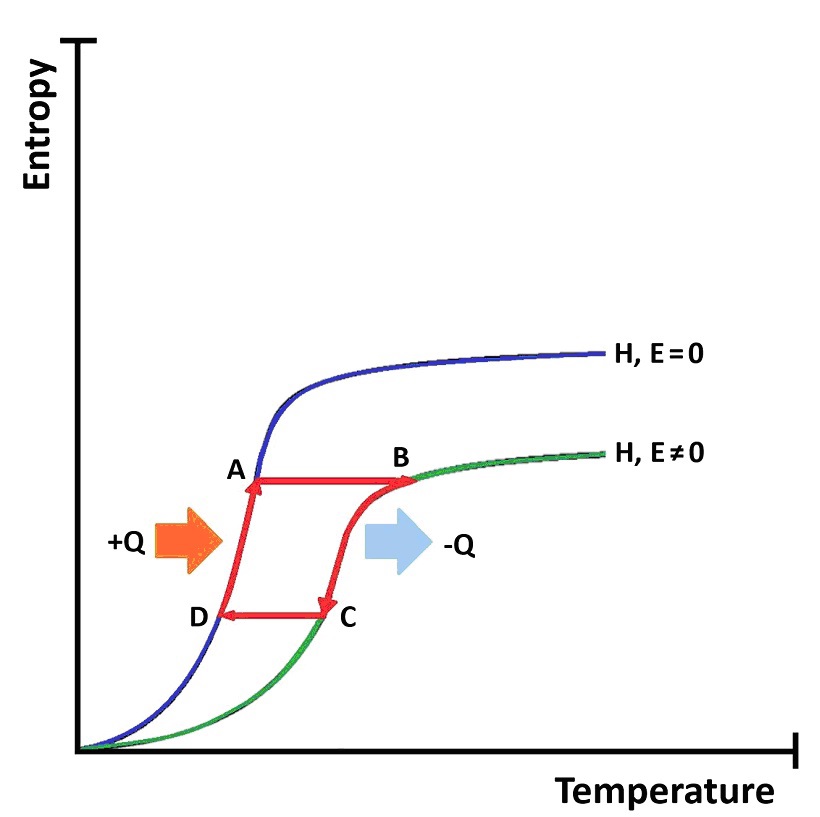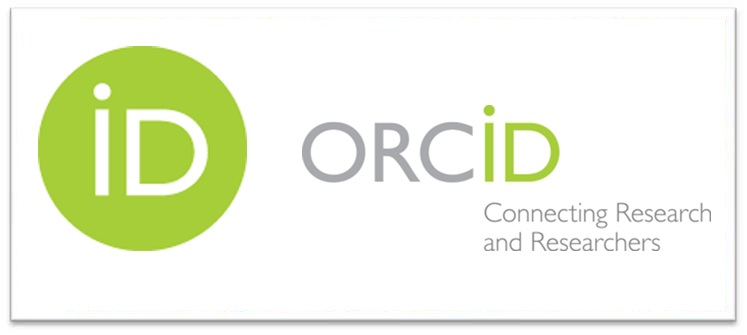Domestic Applicability of Solid-State Cooling
DOI:
https://doi.org/10.59973/emjsr.52Keywords:
Caloric cooling;, Solid state caloric effect; , Multicaloric effect.Abstract
The global surge in energy consumption and the consequential environmental challenges have spurred an escalating demand for innovative, eco-friendly alternatives to current modern technology, and refrigeration systems are no different. With most households today owning a refrigerator amongst other appliances, there is a constant need for energy that is only growing by the year, in 2013 it was found that there was roughly 1.4 billion cold appliances in use within household globally, causing 450 million tons of CO2, using approximately 650 TWh, which is 1.2 times the total electricity consumption of Germany that same year, with a 27% increase to the number of cold appliances, [1]. Even with the efficiency of technology being improved over the years, there is still the ever-increasing demand for energy. Due to their complex crystal structures and the delicate balance required between their attributes, challenges do occur when attempting to identify suitable multiferroic materials, ongoing research aims to optimize their properties. Though harnessing the potential of these multiferroic materials and their intrinsic characteristics, may offer a sustainable solution for both industrial and residential refrigeration.
References
Barthel, Claus; Tholen, Lena; G¨ otz, Thomas; Durand, Antoine. (2013, June). Halving worldwide electricity demand for residential cold appliances.
Calm, J. M. (1996). The Toxicity of Refrigerants International Refrigeration and Air Conditioning Conference. http://docs.lib.purdue.edu/iracc/317
M.M. Vopson, The multicaloric effect in multiferroic materials, Solid State Communications 152, 2067–2070 (2012). https://doi.org/10.1016/j.ssc.2012.08.016
Jia-Zheng Hao. (2020, February 1). Multicaloric and coupled-caloric effects. IOPScience. https://doi.org/10.1088/1674-1056/ab7da7
Spaldin, N. A. (2020). Multiferroics beyond electric-field control of magnetism. https://doi.org/10.1098/rspa.2019.0542
Chu, Ying-Hao; Martin, Lane; Holcomb, Mikel; Ramesh, Ramamoorthy. (2007, October). Controlling magnetism with multiferroics. https://doi.org/10.1016/S1369-7021(07)70241-9
Kubel, F., Schmid, H. (1990) Acta Crystallographica. https://doi.org/10.1107/S0108768190006887
Lee, J., Fang, L., Vlahos, E.(2010). A strong ferroelectric ferromagnet created by means of spin–lattice coupling. https://doi.org/10.1038/nature09331
Vopson, M.M., Fetisov, Y.K., Caruntu, G., Srinivasan, G.(2017, August). Measurement Techniques of the Magneto-Electric Coupling in Multiferroics. https://doi.org/10.3390/ma10080963
Biglia A, Gemmell AJ, Foster HJ, Evans JA. (2020, May). Energy performance of domestic cold appliances in laboratory and home environments. https://doi.org/10.1016/j.energy.2020.117932

Downloads
Published
Versions
- 2024-03-28 (2)
- 2024-02-26 (1)
How to Cite
Issue
Section
License
Copyright (c) 2024 Michael Bailey

This work is licensed under a Creative Commons Attribution 4.0 International License.














